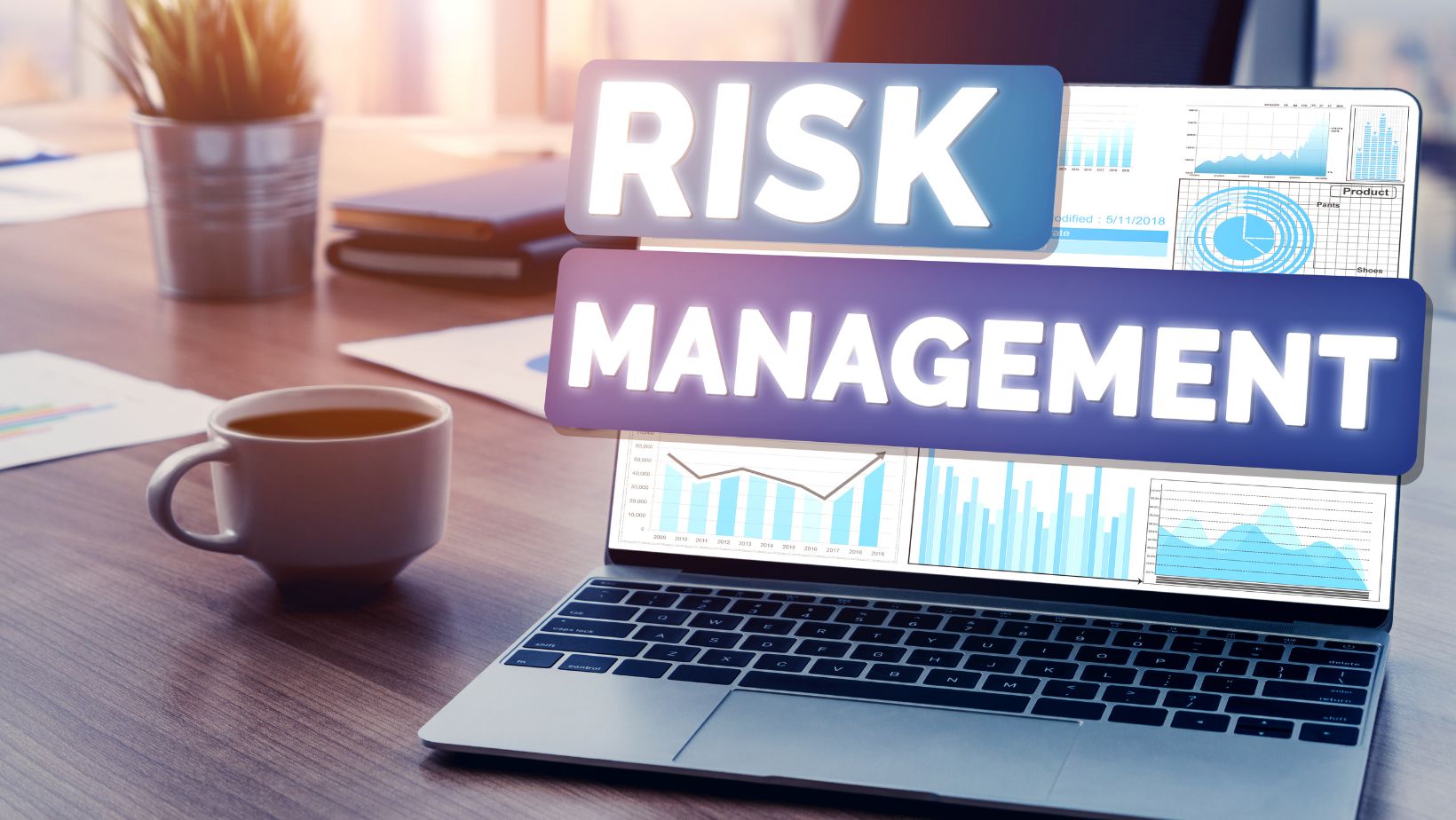Risk management is crucial for any successful firm. What are the principles of risk management? In this guide, we explore corporate risk management in depth.
Companies face many risks every day. It’s essential to identify and manage these risks. Why is effective risk management important for firms?
The principles of risk management provide a roadmap. They assist in identifying, evaluating, and minimizing risks. Understanding corporate risk management can save money and resources.
This guide simplifies complex concepts. Dive in to learn more about these essential principles.
Importance of Effective Risk Management
Effective risk management is crucial for the success and sustainability of any firm. It involves identifying potential risks and assessing their impact on the organization.
Steps are then taken to mitigate or avoid them. Here are some reasons why effective risk management is important:
Protects Assets and Resources
Firms can take proactive measures to protect their assets and resources. This can include:
- implementing security measures
- having backup plans in place
Increases Profitability
Effective risk management can help companies save money. It does so by avoiding potential losses from unforeseen events. This can also boost profitability by avoiding unnecessary expenditures.
Builds Trust With Stakeholders
Solid risk management practices build trust with stakeholders. This includes:
- investors
- employees
- customers
- partners
They can be reassured that the company is taking responsible measures. These measures are in place to protect their interests.
Promotes a Culture of Preparedness
By identifying and managing risks, firms foster a culture of preparedness. This can lead to quicker responses to unexpected events and cut potential damage.
Principles of Risk Management
The principles of risk management guide firms in handling risks. These principles apply to all industries and organizations. Here are key principles every firm should include in their risk management framework:
Risk Identification
Risk identification is the first step in managing risks effectively. It process involves identifying and documenting all potential firm risks. These risks can come from various sources, including:
- financial uncertainties
- legal liabilities
- strategic management errors
- accidents
- natural disasters
Identifying risks involves thorough analysis and brainstorming sessions with team members. It also includes reviewing historical data and keeping an eye on industry trends. By understanding what risks exist, firms can take steps to control or cut them.

Effective risk identification helps firms prepare for the unexpected. It ensures they are not caught off-guard by unforeseen events. This proactive approach is vital for maintaining smooth operations and achieving long-term success.
Risk Assessment
Risk assessment is a crucial aspect of the risk management process. Once risks are identified, they need to be evaluated. It is to determine their impact on the firm.
This involves looking at the likelihood of each risk occurring and the possible consequences if it does. By assessing risks, companies can focus on which risks need immediate attention and which can be handled later. The assessment process often uses simple tools like:
- risk matrices
- risk rating systems
It is to classify risks as low, medium, or high. By understanding the severity of each risk, firms can allocate resources. It is to mitigate them and ensure continuity in their operations.
Effective risk assessment provides a clear picture of where a company stands. It helps in making informed decisions to avoid disruptions.
Risk Mitigation
Risk mitigation involves taking steps to reduce the negative effects of risks on a firm. It can be done in several ways, such as:
- implementing safety measures
- creating backup plans
- buying insurance
For instance, a company might install fire sprinklers. It is to reduce fire damage or keep extra stock to avoid running out of products. It’s also helpful to have a clear plan for responding to different types of risks, so everyone knows what to do if something goes wrong.
By working to cut risks, firms can protect their assets and keep operations running. It ensures long-term success.
Monitoring and Evaluation
Monitoring and review are crucial components of an effective risk management strategy. Once risk mitigation measures are in place, it’s vital to check how well they are working. It involves observing the situation to spot any new risks or changes in existing ones.
Companies need to review their risk management processes regularly. It is to ensure they remain relevant and effective. By doing this, firms can make adjustments to their strategy and risk management plans as needed.
Regular monitoring helps in catching problems early before they escalate. It ensures that the company is always prepared for any challenges that might come its way.
Communication and Transparency
Good communication and transparency are important parts of risk management. They involve sharing information about potential risks and the steps to manage them with everyone in the company. It also includes stakeholders like:
- investors
- customers
Clear communication ensures everyone understands the risks and knows what to do if something goes wrong. Transparency builds trust and confidence. It shows the company is open and honest about its challenges and strategies.

When employees are informed, they can make better decisions and contribute to managing risks. Regular updates and open channels of communication help keep everyone on the same page. It makes it easier to handle risks and cut their impact.
Integration With Decision-Making
Integration with decision-making is vital for effective risk management. It means incorporating risk management principles into everyday firm decisions. It ensures that all potential risks are considered before making important choices.
For example, when deciding to launch a new product, a company should evaluate the risks involved and prepare accordingly. By integrating risk management into decision-making processes, firms can identify and address risks. With advancements in technology, how AI makes safety management easier cannot be overstated.
AI can predict potential risks and suggest preventive measures. It leads to quicker and more informed decision-making. It helps firms stay ahead of potential issues and ensures smooth operations.
Learn More About the Principles of Risk Management
Understanding the principles of risk management is vital. Effective risk control safeguards a company’s assets and reputation. These principles help identify, assess, and mitigate potential challenges.
Following these steps ensures agility against unexpected events. Consistent monitoring and transparency maintain trust with stakeholders. Integrating risk management into decision-making prevents costly errors.
A proactive approach secures long-term firm success. Thorough risk control can lead to higher profitability.
Did you find this article helpful? If so, check out the rest of our site for more informative content.



